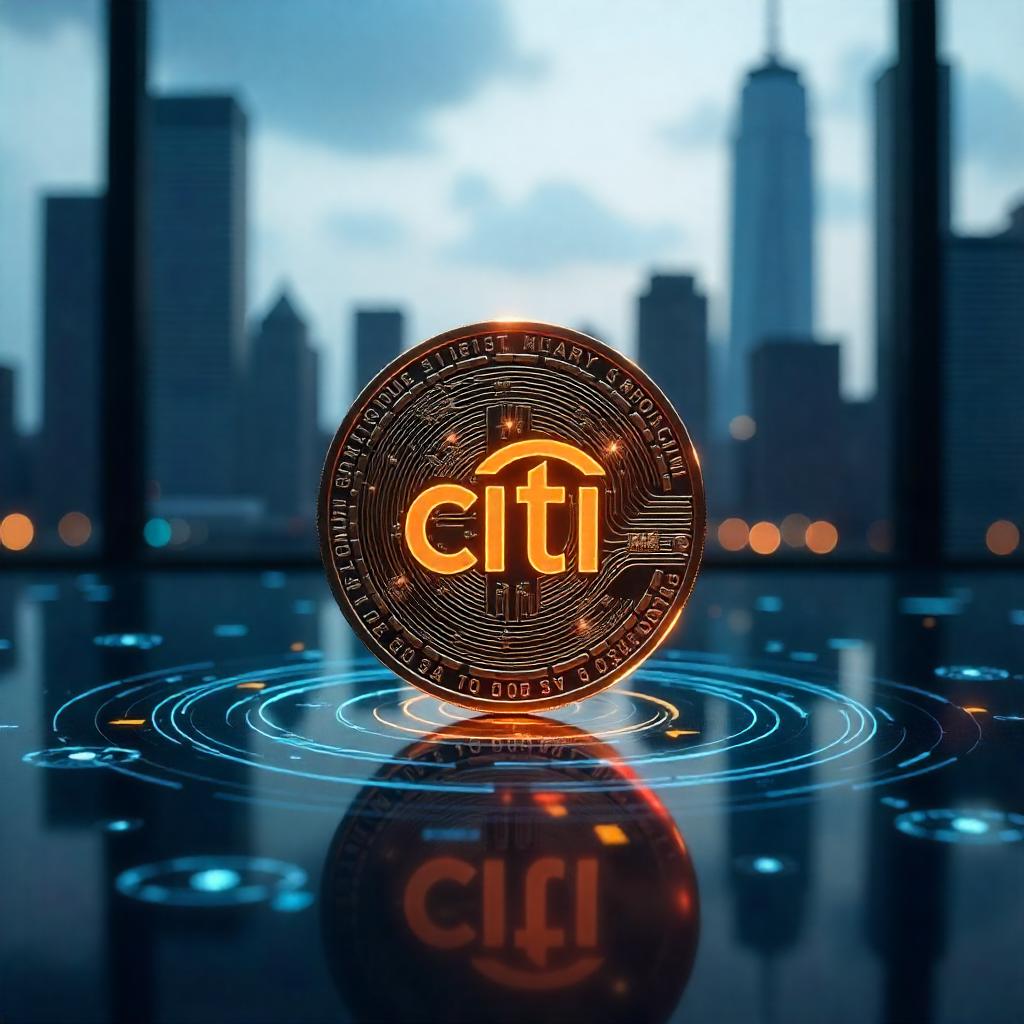The sudden IOF increase to 3.5% on dollar purchases in Brazil sparked concern among forex traders. The higher IOF tax now makes traditional dollar access more expensive. Traders are rethinking their hedging strategies. They must consider stablecoins as a lower-cost alternative. The IOF jump changed cost structures immediately. It hit wallets of individuals and businesses alike. Many see the IOF hike as a turning point in forex hedging. It forces them to explore digital USD options. This article explains how the IOF surge influences stablecoin usage. It shows why stablecoins offer cost savings, speed, and flexibility. By the end, traders will understand how to adapt to the IOF rise effectively.
What Is IOF and Its Role in FX Transactions
IOF stands for “Imposto sobre Operações Financeiras,” a financial transactions tax levied by the Brazilian government. It applies to credit, insurance, securities, and foreign exchange transactions. In FX trading, the IOF directly impacts the cost of converting Brazilian real to foreign currencies. This tax is a tool for managing capital flows and discouraging short-term speculative investments. When the government increases the IOF, it sends a signal to slow capital outflows, curb inflation, or stabilize the currency.
On July 12, Brazil’s Finance Ministry announced a sharp increase in the IOF on foreign currency purchases. The rate jumped from 1.1% to 3.5%. This move aimed to increase tax revenue and exert more control over capital flight during economic uncertainty. However, it inadvertently raised the cost of traditional forex hedging, creating a ripple effect across markets and opening the door to digital alternatives like stablecoins.
Why the IOF Hike Changes the FX Hedging Game
The IOF hike makes it significantly more expensive to hedge USD exposure using traditional methods such as bank transfers, offshore accounts, or futures contracts. With the tax now at 3.5%, businesses and traders incur a much higher cost simply for accessing U.S. dollars. For importers, exporters, or investors who deal with cross-border payments, this cost erodes profits and efficiency.
This cost spike pushes market participants to look for alternatives. Stablecoins like USDT and USDC offer a parallel solution. Pegged to the U.S. dollar, they function as a digital proxy for USD without triggering the same level of IOF taxation—especially when used peer-to-peer or through self-custody wallets. As a result, the increased tax burden is catalyzing a broader shift toward on-chain forex solutions, especially among small and mid-sized enterprises (SMEs) that operate on thin margins.
Stablecoins: A Cost-Effective Alternative for Hedging
Stablecoins provide a USD-denominated vehicle without requiring access to the U.S. banking system. For Brazilian traders, they allow seamless exposure to dollar value without the steep IOF toll. Using blockchain wallets and decentralized exchanges, individuals and companies can purchase, hold, and convert stablecoins with minimal friction.
Key advantages include:
Lower transaction fees. On-chain transactions often cost cents compared to hefty bank wire charges.
Speed. Stablecoin transfers settle in minutes, even across borders.
Access. Stablecoins are available 24/7, unlike traditional banking hours.
IOF efficiency. In many cases, using stablecoins through DeFi protocols or P2P exchanges can reduce or avoid the 3.5% IOF tax that banks apply.
These advantages are especially relevant for Brazilian importers, freelancers paid in dollars, crypto-native investors, and SMEs with suppliers abroad. For these groups, stablecoins reduce the friction and tax drag imposed by traditional FX channels.
Risks and Considerations for Traders
Despite the appeal, stablecoins are not risk-free. Their effectiveness as a hedging tool depends on the platform used, regulatory oversight, and counterparty reliability.
Key risks include:
Regulatory uncertainty. Brazil’s central bank is working on new crypto rules. Changes could impact self-custody, capital controls, and stablecoin recognition.
Counterparty risk. Using centralized exchanges or custodial wallets introduces exposure to potential hacks, mismanagement, or insolvency.
Volatility. While stablecoins are designed to maintain parity with the U.S. dollar, depegging incidents (e.g., TerraUSD in 2022) show the risk of algorithmic or poorly backed stablecoins.
Tax compliance. While stablecoin use may avoid IOF at the point of acquisition, income earned or gains realized may still be taxable under Brazil’s Receita Federal rules.
Thus, while stablecoins present a compelling workaround to the IOF hike, traders must weigh convenience against compliance and technical risk. Robust due diligence and tax planning are essential.
Strategy Guide for Forex Traders
For those navigating Brazil’s new forex terrain, deploying stablecoins effectively requires a thoughtful strategy. Begin by identifying your primary FX exposure—whether through invoices, investment inflows, or savings—and determine how much of that can shift to stablecoin-based flows. Use self-custody wallets to maintain autonomy and minimize intermediary risk. Evaluate the reliability and reserves of stablecoin issuers. Opt for audited, well-capitalized providers like Circle’s USDC or Tether’s USDT.
Next, choose transfer platforms carefully. Peer-to-peer platforms and decentralized exchanges like Uniswap or Binance P2P often offer lower IOF exposure than centralized banks. Confirm their compliance stance and whether they report to Brazilian authorities. Monitor on-chain transaction fees and exchange rate slippage. These hidden costs can add up and should be included in your effective hedging rate.
Document all stablecoin movements for tax reporting. Brazil’s Receita Federal increasingly scrutinizes crypto transactions. Use tools like CoinTracking or Koinly to stay compliant. If you’re an SME or corporate treasury, consider stablecoin payroll or invoice payment platforms such as Bitwage or Request Finance. These services localize compliance and reduce IOF exposure on recurring cross-border payments.
Finally, build in flexibility. As regulation evolves, diversify hedging channels to avoid overreliance on a single platform or token. Consider partial hedging using Drex once it rolls out. Hybrid strategies that blend Drex and private stablecoins will likely be favored by regulators. In essence, strategy is about proactive adaptation. Stay informed, stay diversified, and stay compliant. The IOF spike is not the end—it’s the beginning of smarter hedging in Brazil.
Future Outlook and Trends
Changes in IOF policy and the surge in stablecoin use are not short-term trends. They signal a long-term shift in Brazil’s forex landscape, reshaping how traders manage currency risk.
Regulation on Stablecoins Gaining Traction
Brazil’s central bank chief Roberto Campos Neto confirmed plans to regulate stablecoins and asset tokenization in 2025. Public consultations are already underway. These measures aim to monitor self-custody flows and control illicit activity. The proposed rule could ease restrictions on self-custody if virtual asset service providers monitor users effectively.
International Coordination on Oversight
Brazil cannot fully regulate foreign-based stablecoin issuers, like those in Switzerland. Authorities stress the need for cross-border cooperation. Regulatory frameworks are emerging but remain fragmented.
Drex CBDC and Private Stability Coin Integration
Brazil’s central bank pilots Drex, a tokenized banking infrastructure. This may coexist with private stablecoins, blending public and private systems. The model is to use Drex for wholesale settlement and private stablecoins for retail and DeFi use.
Corporate and Institutional Use in Commodities
Tether recently acquired a major stake in South American agricultural firm Adecoagro to embed USDT into commodity trading. This integration shows a shift: stablecoins are moving into mainstream business payments and hedging tools.
Emerging Market Lead and Global Trends
Brazil matches Argentina in private stablecoin adoption, with around 60 percent of crypto volume using stablecoins. Globally, stablecoin transaction volume exceeded $5.7 trillion in 2024. Brazilian adoption is part of this wider pattern, pointing to increased institutional and SME use.
Challenges to Address
Stablecoins face hurdles such as transaction fees, limited merchant acceptance, and user interface complexity. Brazil’s regulators focus on AML, tax compliance, and preventing cross-border capital flight.
Outlook for Forex Traders
Expect clearer rules on stablecoin use and custody by late 2025. Drex may offer a regulated on-ramp for traders, coexisting with private stablecoins. Stablecoin adoption in corporate commodity trades offers hedging innovation. Traders should track new compliance requirements from both public and private players.
Brazil sits at a crossroads. With IOF policy prompting stablecoin use, regulatory clarity, Drex rollout, and global coordination, stablecoins may become core tools in forex hedging. Traders who adapt early will gain cost, speed, and compliance advantages.
The 3.5 percent IOF hike reshaped Brazil’s forex landscape. It jolted traditional hedging, inflating costs and reducing efficiency. By contrast, stablecoins like USDT and USDC deliver faster transfers and significantly lower fees. They bypass the IOF, offering a smarter hedge for forex traders. Brazil’s boom in stablecoin use—90 percent of crypto flows—underscores this shift.
Yet, stablecoins arrive with caveats. Brazil’s central bank and regulators are tightening oversight. They worry about capital flight and volatility. New rules may affect self-custody and foreign issuer control. Still, central bank initiatives like Drex signal integration, not exclusion.
For traders who act swiftly—with disciplined strategy, compliance, and secure practices—stablecoins can unlock cost savings, speed, and control. This new landscape rewards flexibility and foresight.
In short, rising IOF on dollar purchases thrust stablecoins into the spotlight. They now form a central part of modern hedging in Brazil. With strategic planning, stablecoins offer an effective and efficient response to evolving financial conditions. By staying informed and adaptive, traders can thrive in this emerging era.





